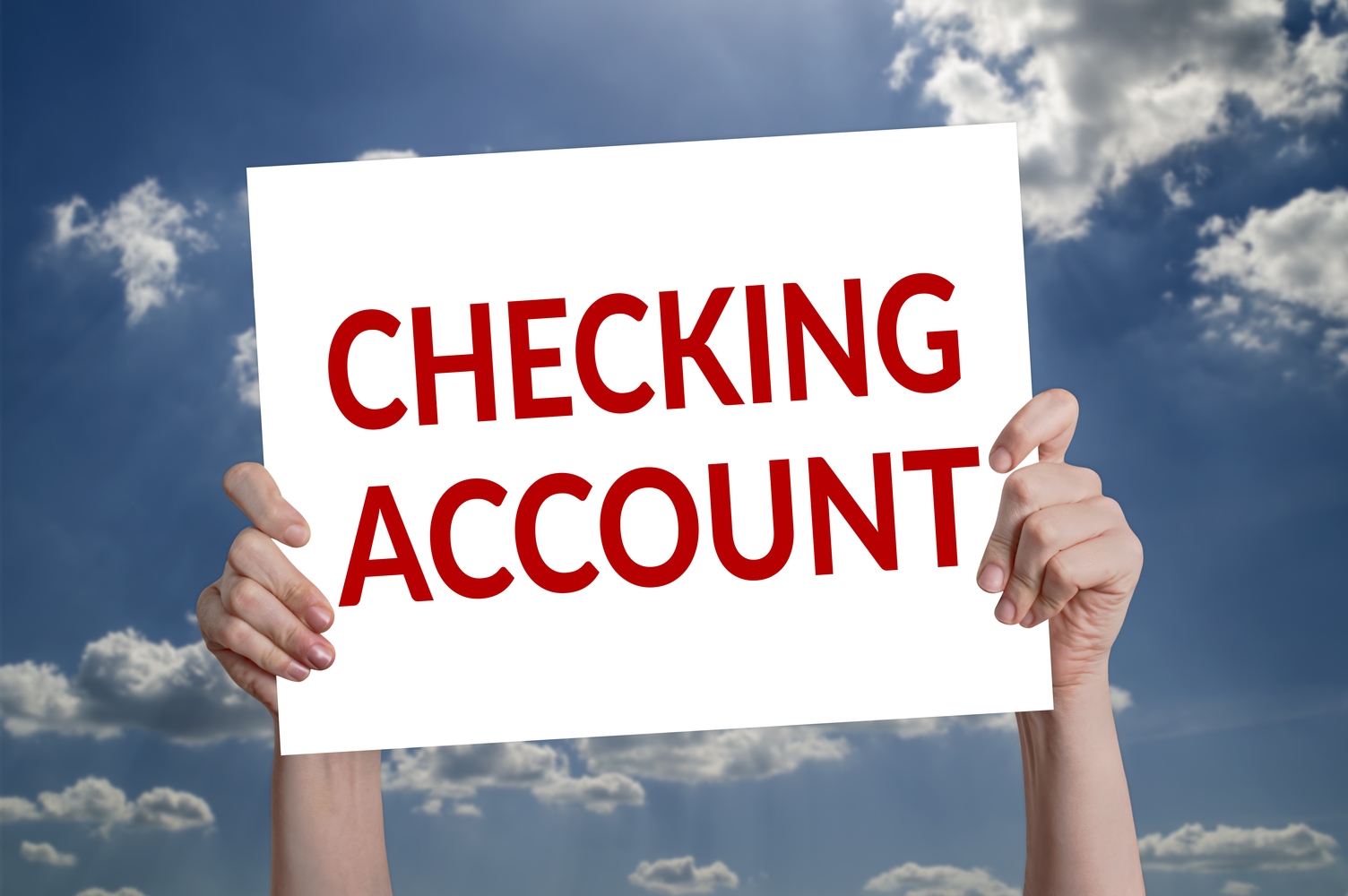Comprehensive Guide to Digital Payment Solutions: Types, Advantages, and Future Trends
Discover the comprehensive landscape of digital payment solutions, including popular methods like card payments, online banking, digital wallets, and gift cards. Learn how these methods enhance transaction speed, security, and convenience, transforming the way consumers and businesses conduct financial activities. Stay informed about emerging trends and security practices in digital finance to optimize your payment experience and embrace a cashless future.

Comprehensive Guide to Digital Payment Solutions: Types, Advantages, and Future Trends
In an era marked by rapid technological advancements, digital payment solutions have become the cornerstone of modern financial transactions. They offer a convenient, efficient, and secure alternative to traditional cash and check payments, transforming the way consumers and businesses conduct commerce. From online shopping to bill payments and peer-to-peer transfers, digital payments are reshaping the financial landscape at an unprecedented pace. Understanding the various methods, benefits, and emerging trends of digital payment systems is essential for users aiming to optimize their financial transactions and embrace the future of commerce.
Main Types of Digital Payment Methods
Credit and Debit Card Payments
Credit and debit cards are among the most prevalent forms of digital payments worldwide. These cards allow users to make transactions by entering their card details, including card number, expiration date, CVV, and sometimes a PIN for added security. The transaction process involves the cardholder's bank validating the information and approving the payment. For online merchants, integrating card payment gateways ensures seamless checkout experiences for customers. These cards are widely accepted across eCommerce platforms, physical stores, and mobile payment systems, making them a flexible and reliable payment method. They serve as a bridge between traditional banking and digital commerce, enabling quick and secure payments without the need for cash or physical exchange of currency.
Online Banking Transfers
Online banking transfer services facilitate direct electronic transfer of funds from one bank account to another. This method is popular among small business owners, freelancers, and individuals engaged in regular transactions. Users simply need to log into their banking portal, enter the recipient’s account details, and specify the transfer amount. With enhanced security protocols, including multi-factor authentication, online banking transfers offer a trusted and straightforward way to manage personal and business finances. Many financial institutions also offer real-time transfer options, making instant payments possible. This method supports a broad range of activities, including paying bills, transferring money between accounts, and conducting business payments efficiently.
Automatic Debit and Recurring Payments
Automatic debit systems enable users to authorize third-party services or merchants to deduct predefined amounts directly from their bank accounts at scheduled intervals. This method simplifies recurring payments such as utility bills, subscriptions, and loan repayments. Setting up automatic debits ensures timely payments and reduces the hassle of manual transactions each period. Financial institutions utilize secure authorization methods to protect both parties, and users can often manage these automatic deductions through online banking portals or mobile apps. The convenience of automatic debits promotes financial discipline and helps prevent late payments, which can incur penalties or affect credit scores.
Digital Wallets: Convenience at Your Fingertips
Digital wallets, also known as e-wallets, have gained immense popularity as a secure and versatile payment option. These prepaid accounts are linked to users' bank accounts or credit cards, allowing quick access to funds. Users can load money into digital wallets directly via bank transfers or card payments. Once funded, digital wallets facilitate swift transactions through a few taps on smartphones or other devices, supporting online shopping, in-store payments, and peer-to-peer transfers. Major digital wallet services include Apple Pay, Google Pay, Samsung Pay, and PayPal, among others. They incorporate advanced security features like tokenization, biometric authentication, and encryption to safeguard user data and transaction details. The ease of use, combined with enhanced security, makes digital wallets an essential tool for modern consumers seeking convenience and safety in digital payments.
Store Gift Cards and Prepaid Codes
Gift cards are a popular form of digital payment on eCommerce platforms and retail stores. They come with a preloaded monetary value and serve as a flexible payment method for gifts, incentives, or personal use. Digital gift cards can be redeemed online or in physical stores, providing a seamless shopping experience. Many retailers also offer digital codes that can be used for specific purchases or services, eliminating the need for physical cards. This method is especially useful during festive seasons or special promotions, enabling customers to make purchases without sharing banking details, while also offering a way to control spending.
Advantages of Embracing Digital Payment Solutions
Speed and Efficiency
One of the primary benefits of digital payments is their incredible speed. Transactions, whether domestic or international, happen within seconds, allowing instant purchasing capabilities. This rapidity enhances customer satisfaction and increases transaction volume for businesses. Whether making an online purchase, transferring funds, or settling bills, digital payments reduce wait times and streamline the entire financial process.
Heightened Convenience and Accessibility
Digital payment systems are designed to offer unmatched convenience. Consumers can complete transactions using smartphones, tablets, or computers without ever visiting a bank branch. Mobile wallets and banking apps enable payments anytime and anywhere, fostering financial inclusion for populations in remote or underserved areas. The simplicity of digital payments also encourages users to adopt online transactions, supporting a cashless society.
Built-in Record-Keeping and Expense Tracking
Automatic digital transaction logs and detailed receipts make tracking expenses straightforward. Users can review their transaction history instantly, simplifying budgeting and financial planning. This automated record-keeping reduces errors associated with manual bookkeeping and provides an accurate overview of personal and business finances.
Enhanced Security Measures
As digital payments expand, so does the focus on security enhancements. Banks and fintech companies implement advanced measures such as encryption, tokenization, biometric authentication, and multi-factor verification to protect user data and prevent fraud. Users are advised to stay vigilant, avoid sharing sensitive information, and promptly report suspicious activity. The evolving security landscape aims to build user trust and foster wider acceptance of digital payments across all sectors.





